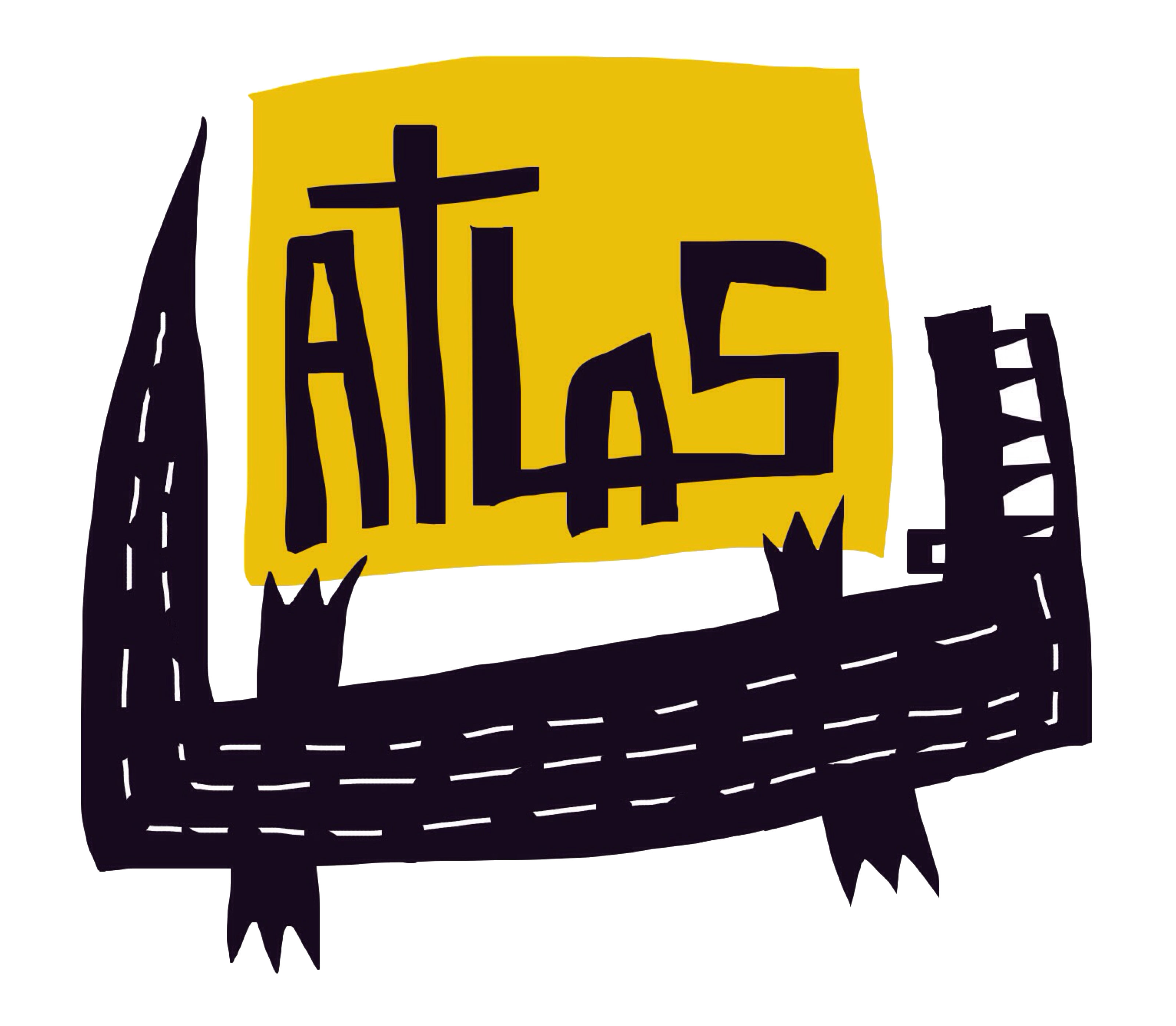 November 12th 2021 Marks the 30th anniversary of the massacre at the Santa Cruz cemetery in Dili, Timor-Leste.
November 12th 2021 Marks the 30th anniversary of the massacre at the Santa Cruz cemetery in Dili, Timor-Leste.
This was the event which finally roused the world to what had been going in East Timor since 1975. The Indonesian occupation had accounted for tens of thousands of Timorese lives, but the rest of the world had generally ignored the disaster.
A delegation from the Portuguese Parliament was expected to arrive in Dili in November 1991. The were rumours of a possible meeting between the delegation and Xanana Gusmão, the resistance leader. Young people prepared to bring their problems before those whom they thought would help. One group of young people painted banners and placards in the grounds of the Motael Chuch in Dili, An altercation with the Indonesian military took place there on the 28th October and one of the group’s members, Sebastião Gomes, who was shot and killed.
For various reasons the visit of the Portuguese delegation was cancelled, but on 11 November the UN Special Rapporteur on Torture was in Dili.
The young people decided to proceed with a demonstration to commemorate the killing of their friend Sebastião. They attended Mass at the Motael Church on the morning of 12 November. This was two weeks after his murder, and for Timorese people it marks a particular commemoration for the dead known as “Bitter Flowers”. After Mass they left the church and began to walk along the waterfront about two km to the Santa Cruz cemetery.
Indonesian military, police and intelligence agents watched the march from the Motael Church. Some more Timorese joined the group along the way and still others gathered at the cemetery itself. Banners were unfurled calling for the UN’s intervention, supporting Xanana Gusmão and self-determination.

A good friend, Betty Devlin, died on 23 July 2021. Along with the other war widows, Betty had attended every one of the Timor Time dinners that ATLAS has enjoyed with supporters in apst years. Betty was the widow of Mickey Devlin, one of the 2/2 Independent Company commandos on Timor in 1942. Members and friends of ATLAS salute Betty and her husband and offer condolences to their family. May Betty and Mickey rest in peace. The image shows Betty with Timorese friend Vital de Jesus at “Timor Time” in 2016 at Dooleys Lidcombe Catholic Club.
Once the unarmed and peaceful group arrived at the cemetery, soldiers opened fire with automatic weapons Many younf ones fled into the grounds of the cemetery or into nearby houses. Soliders surrounded the area, killing previously unharmed or lightly injured people by bayonetting them. They also went house-to-house, searching for the protesters. A survivor of the massacre recalls:
Many were killed in the cemetery but many more were killed outside the cemetery while they were running away or were taken from their hiding places in homes and other places, and murder.
Many of the youth were taken away in trucks to the military hospital, to interrogaition centres, or simply to be killed. Hundreds ran to Bishop Belo’s residence seeking refuge.
There was a series of killings over the following days as Indonesian security forces hunted down those they suspected of involvement in the protest. Many were arrested in the days and weeks that followed. Some were brought to trial and sentenced to long terms of imprisonment.
The number of people killed on the day of the massacre is 271, with 250 others listed as missing and whose bodies have never been found. Indonesian authorities initially declared that 19 people were killed but in the face of international outcry increased the figure to 50.
Further evidence that senior members of the Indonesian military leadership condoned the massacre came on 14th November when the Indonesian Armed Forces Commander, Try Sutrisno, was quoted as telling graduates at the Indonesian military academy that:
“Delinquents like these have to be shot, and we will shoot them.”
News of the massacre at Santa Cruz circulated around the world quickly and led to a dramatic rise in solidarity action.
Some governments, notably Australia’s, supported the Indonesian explanation that this was an uncharacteristic action by “rogue elements” within the military. Nevertheless, the massacre brought attention to the wider issue of Indonesia’s occupation of East Timor.
In the years that followed, November 12th became a rallying day of East Timorese and humans rights activists in countries throughout the world, with anniversaries being marked by demonstrations and vigils.
A British cameraman and film maker, Max Stahl, was at the cemetery that day He filmed Indonesian troops shooting the young people, chasing and beating them. He buried the footage of the massacre in the cemetery and dug it up during the night, smuggling it out to the BBC the next day.
Seeing is believing.
It was irrefutable proof of the brutal oppression of the Timorese people.
Their testimony and that of those who supported them was finally shown to be true.
The massacre and its recording ultimately contributed to the collapse of Indonesian control in Timor-Leste, which then became independent in 2002.

